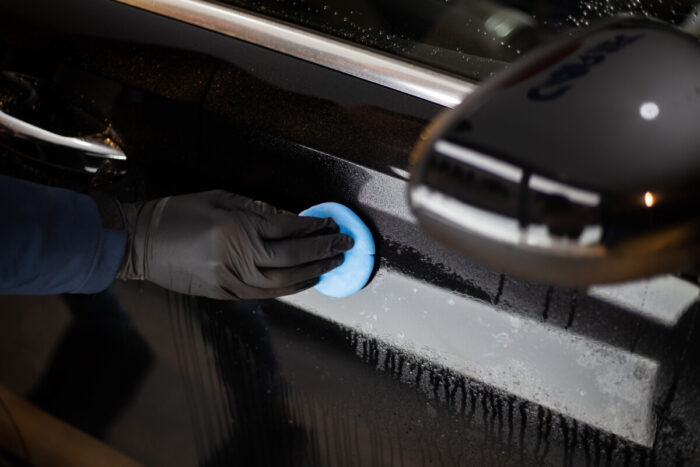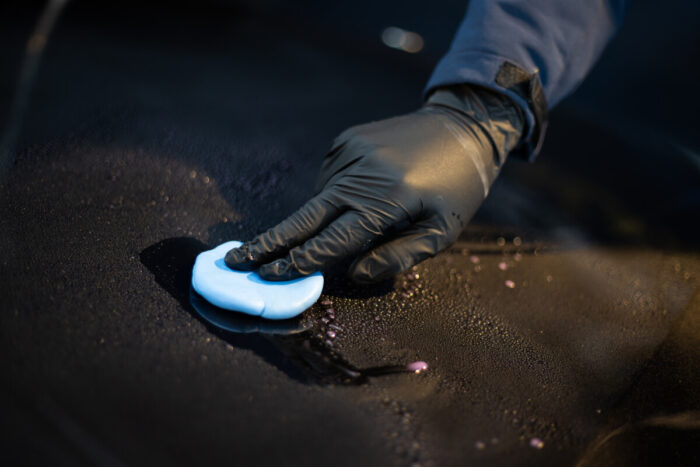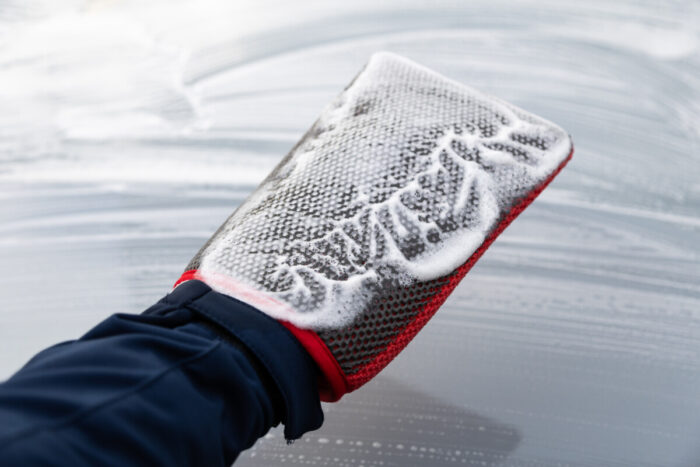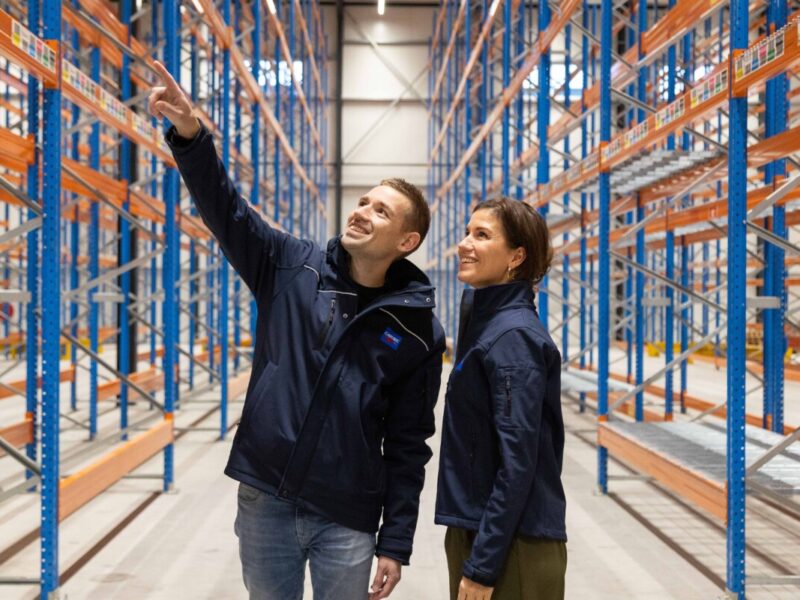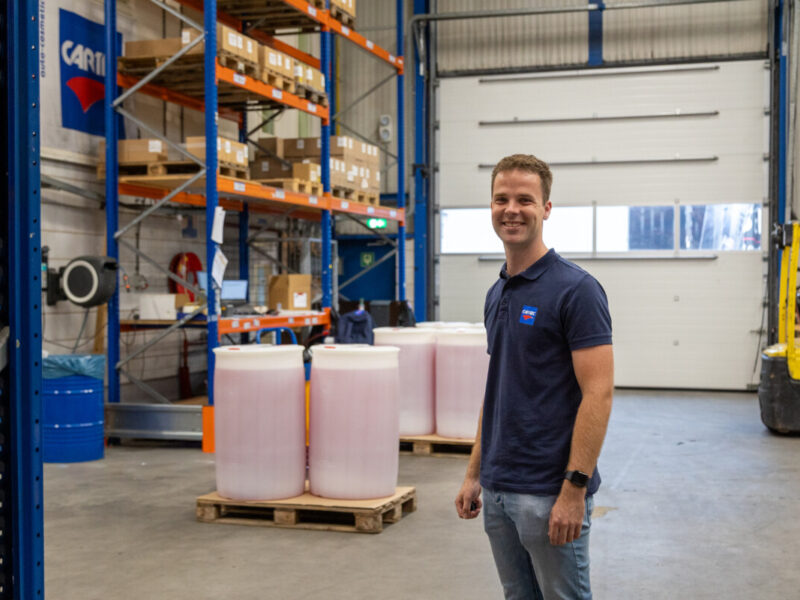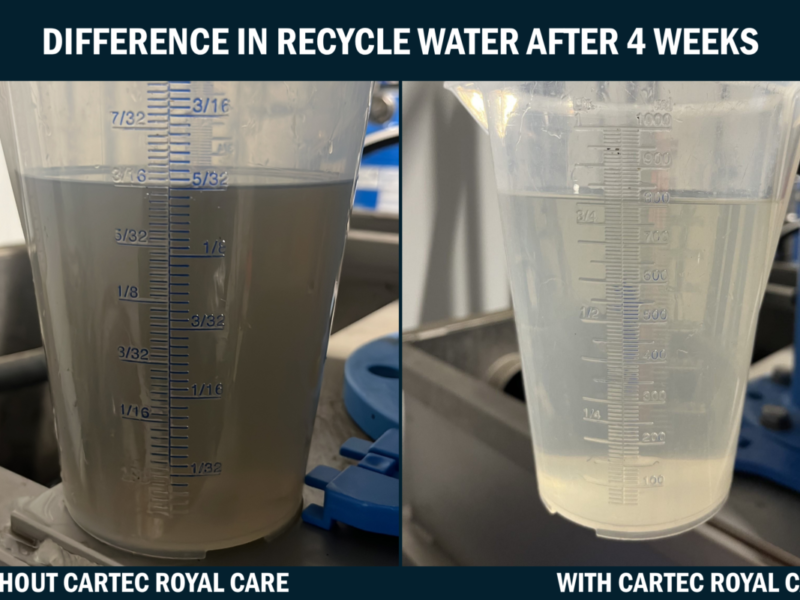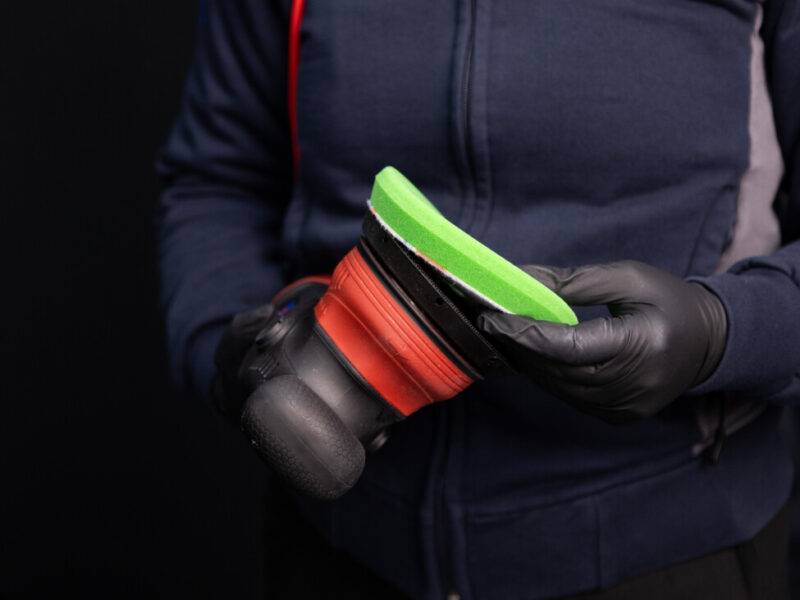Claying Explained: Everything You Need to Know
After a thorough wash, a car may look clean, but often there’s still contamination left behind that you can’t see with the naked eye. Think of iron fallout, tar, insect residues, tree sap, or industrial deposits. These particles bond to the paint and make the surface feel rough.
Why clay your car?
Claying safely and effectively removes this stubborn contamination. The result: a perfectly smooth surface that forms the ideal base for polishing, waxing, or coating. Even the best car shampoo or pre-cleaner can’t remove everything. Tiny particles remain trapped in the paint pores, reducing shine and protection. By claying regularly:
-
The paint feels silky smooth again
-
Invisible contaminants are removed
-
The deep gloss of the paint returns
Which products can you use for claying?
There are different clay products you can use, each with its own benefits depending on your preferred way of working.
Claybar
The classic claybar is pliable and ideal for precision work. You can knead it into smaller pieces to easily reach tight corners and curves. Cartec offers a red claybar for heavy contamination and a blue claybar for lighter contamination. Both bars effectively remove bonded contaminants and leave the paint smooth and clean.
Clay Mitt Hybrid
The Clay Mitt Hybrid is a modern alternative in the form of a glove. With its combination of microfiber and a clay layer, it sits comfortably in your hand and lets you work faster on larger surfaces. Its perforated structure captures contamination efficiently without scratching. The mitt is highly versatile: perfect for paintwork, glass, and wheels.
Important: always use a lubricant
Whether you use a claybar or the Clay Mitt Hybrid, a proper lubricant is essential. It ensures the clay glides smoothly over the surface and prevents scratches. Cartec Clay Grip is specifically developed for this purpose, but Iron Wash and Fast Glaze are also excellent alternatives. Iron Wash allows you to remove iron fallout at the same time, while Fast Glaze adds extra gloss and protection during the claying process. Always spray enough product on the surface and let the clay glide lightly without applying pressure.
Additional tips for the best results
-
Plastic bag test: run your hand over the paint with a plastic bag. If it feels rough, claying is needed.
-
Work in sections: divide the car into panels and treat them one at a time.
-
Clean regularly: knead the claybar to a fresh surface, or rinse out the Clay Mitt Hybrid during use.
-
Combine with Iron Wash: this way you remove iron fallout and other contamination in one step while claying smooths the paint.
The result
Whether you use the precision of the Claybar or the speed and convenience of the Clay Mitt Hybrid, both products restore the paint to a smooth, clean, and glossy surface. Claying is the perfect preparation for the next step: polishing or protecting.
Want to learn more about car claying? Check out: ‘When should car paint be clayed?’
